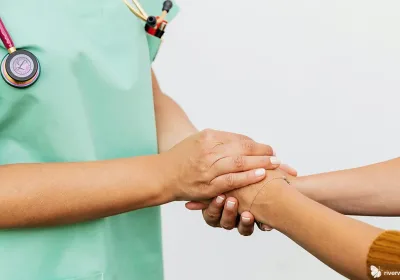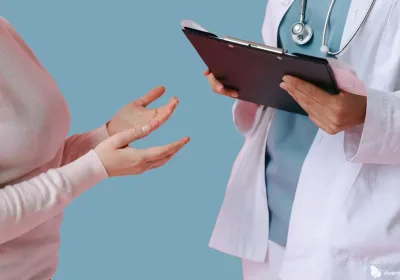Home and Alternative Approaches to Managing Endometriosis Symptoms

Endometriosis is more than just a painful condition. It’s a daily challenge that affects energy, mood, and overall well-being. While medical treatments and surgery can be vital parts of care, many people also find relief through home and alternative approaches. These strategies can complement traditional treatments and help make day-to-day life more manageable.
Ways to Manage Endometriosis Symptoms
When it comes to endometriosis treatment, every woman’s goals, symptoms and preferences are unique. So, the interventions that work for some may not be as effective for others.
Endometriosis is a chronic condition where tissue similar to the lining of the uterus (endometrium) grows outside the uterus. Symptoms range from pelvic pain to infertility, and most healthcare professionals generally focus on managing the primary symptom which is pelvic pain.
At Riverwalk OBGYN, we create a communicative and nurturing relationships with our patients to better understand the solutions they seek from their endometriosis treatments. In most cases, there are standard medical options, but we may also suggest non-medical options such as the ones below to help with endometriosis pain.
1. Nutrition and Anti-inflammatory Foods
What you eat can have a big impact on inflammation, which plays a major role in endometriosis pain. For example, a diet rich in fruits, vegetables, lean proteins, and omega-3 fats—helps reduce flare-ups. Foods like salmon, walnuts, leafy greens, and berries are great choices. On the other hand, cutting back on processed foods, refined sugars, and red meat can also help in managing endometriosis symptoms naturally.
2. Heat Therapy for Pain Relief
A heating pad or warm bath can offer simple yet powerful relief. Heat helps relax tense muscles and improve blood flow. This method also eases the cramping and pelvic pain that often accompany endometriosis. Keeping a small heating pad at your desk or using a warm compress before bed can make a noticeable difference.
3. Gentle Exercise and Movement
Although it may feel counterintuitive during a flare, gentle movement can ease symptoms over time. Low-impact exercises like yoga, stretching, or walking help release endorphins, which are the body’s natural painkillers. Specific yoga poses that open the hips or support the lower back can be especially soothing for those managing endometriosis symptoms.
4. Mind-Body Practices
Stress can intensify pain, so relaxation and mindfulness techniques are important tools. Meditation, breathing exercises, and guided imagery can all help calm the nervous system. Many people living with chronic pain find that mindfulness allows them to better cope with discomfort and anxiety.
5. Herbal and Natural Remedies
Some herbal supplements have been studied for their potential to reduce inflammation or balance hormones. Options like turmeric, ginger, and chasteberry (vitex) are sometimes used to support hormonal health and ease pain. However, it’s always wise to talk with a healthcare provider before starting any supplement, especially if you’re on medication or trying to conceive.
6. Acupuncture and Traditional Therapies
Acupuncture has gained popularity as a complementary therapy for managing endometriosis symptoms. Research suggests it may help reduce pain by stimulating nerves and improving circulation. Similarly, traditional practices like Chinese herbal medicine or massage therapy can support relaxation and balance within the body.
Finding What Works for You
Every woman’s experience with endometriosis is different. What brings relief for one person may not work the same way for another. The key is listening to your body, being patient, and combining both medical and holistic approaches in a way that feels sustainable.
By exploring home and alternative strategies alongside your doctor’s guidance, you can take an active role in managing endometriosis symptoms and improving your day-to-day comfort.
You may also enjoy reading: Why are My Prescription Drugs So Expensive?




